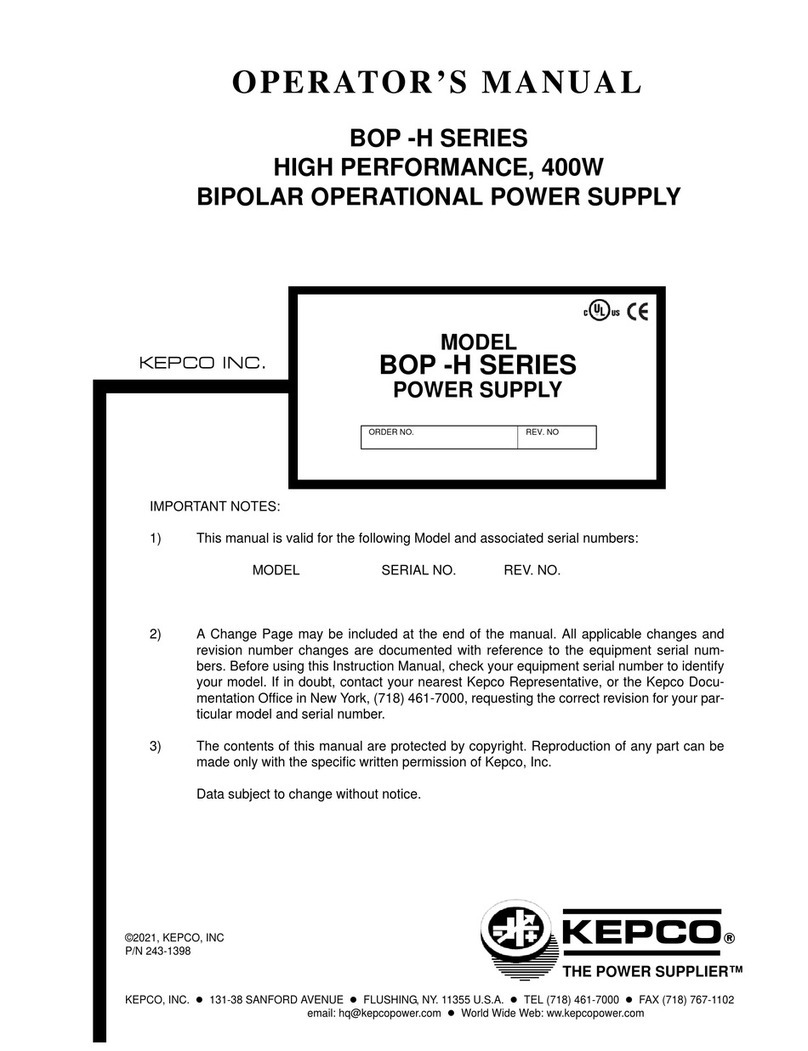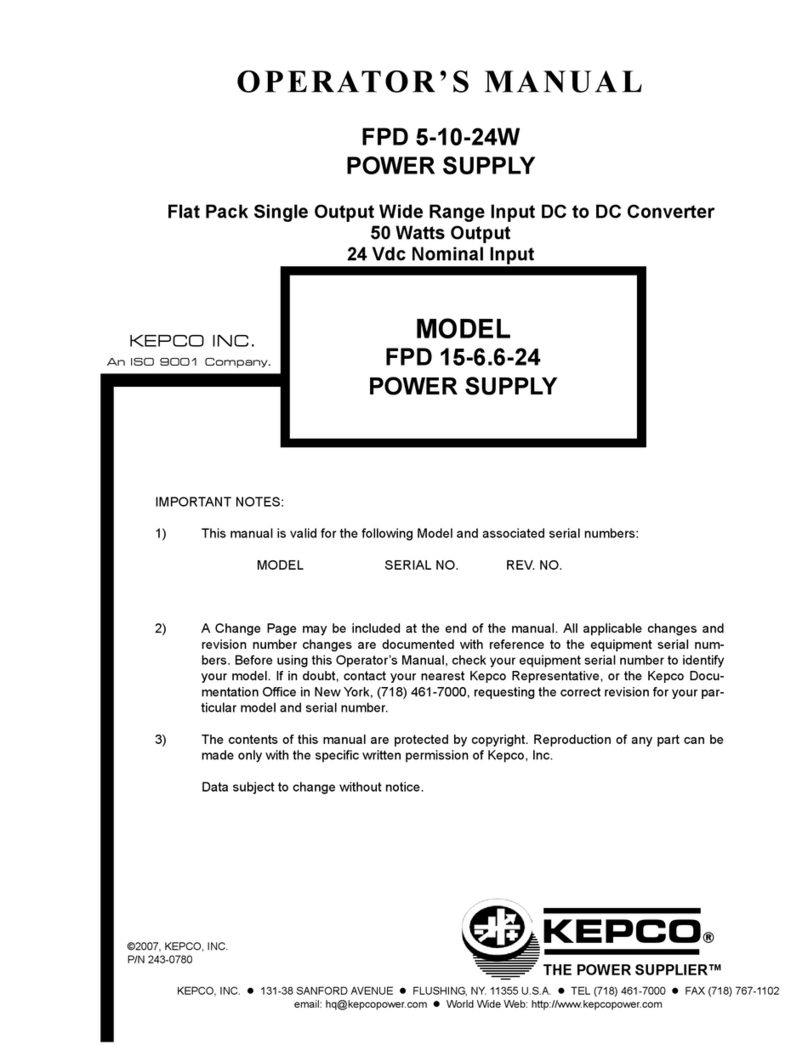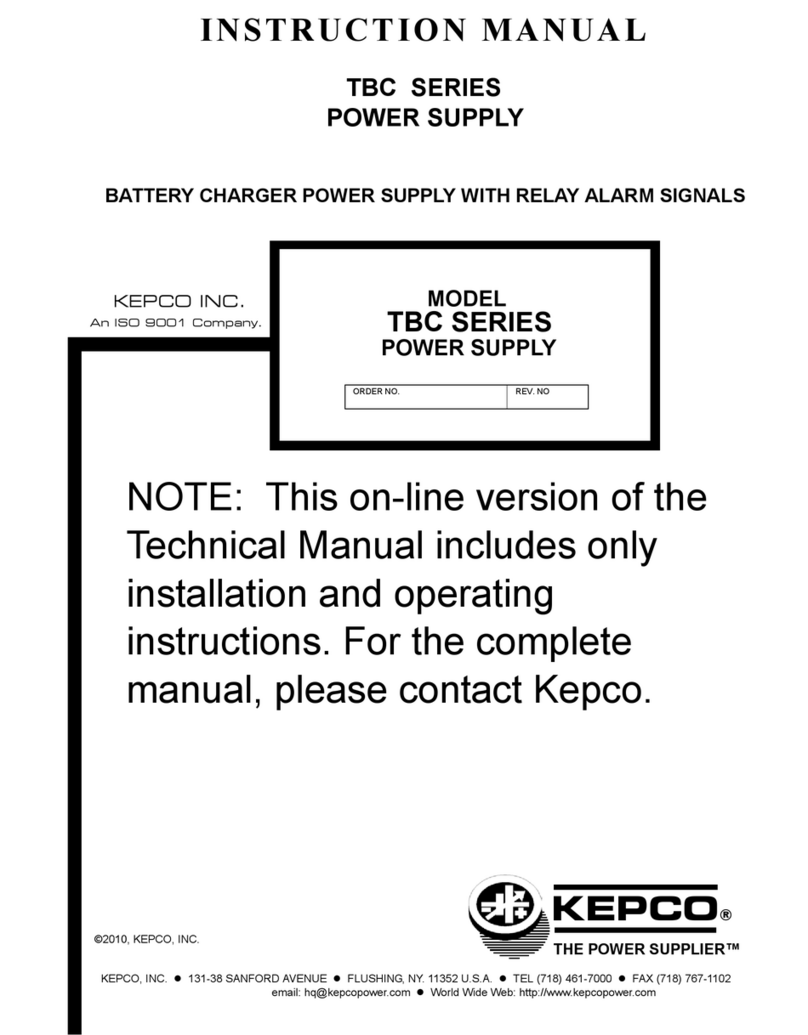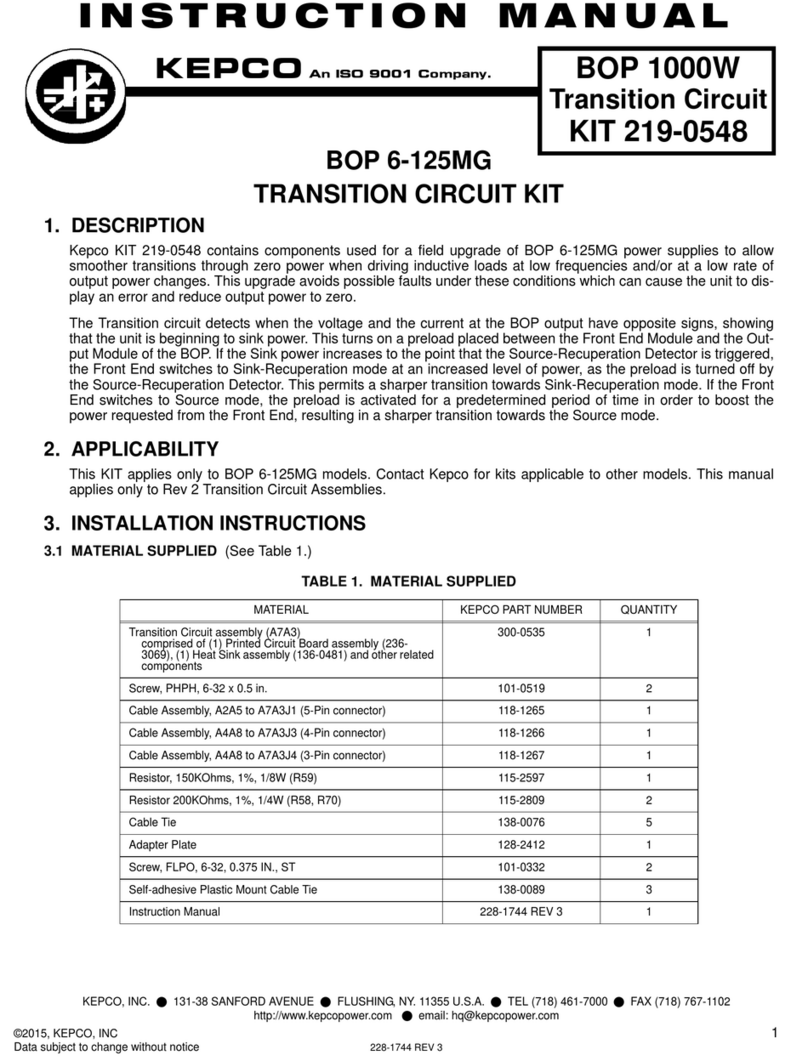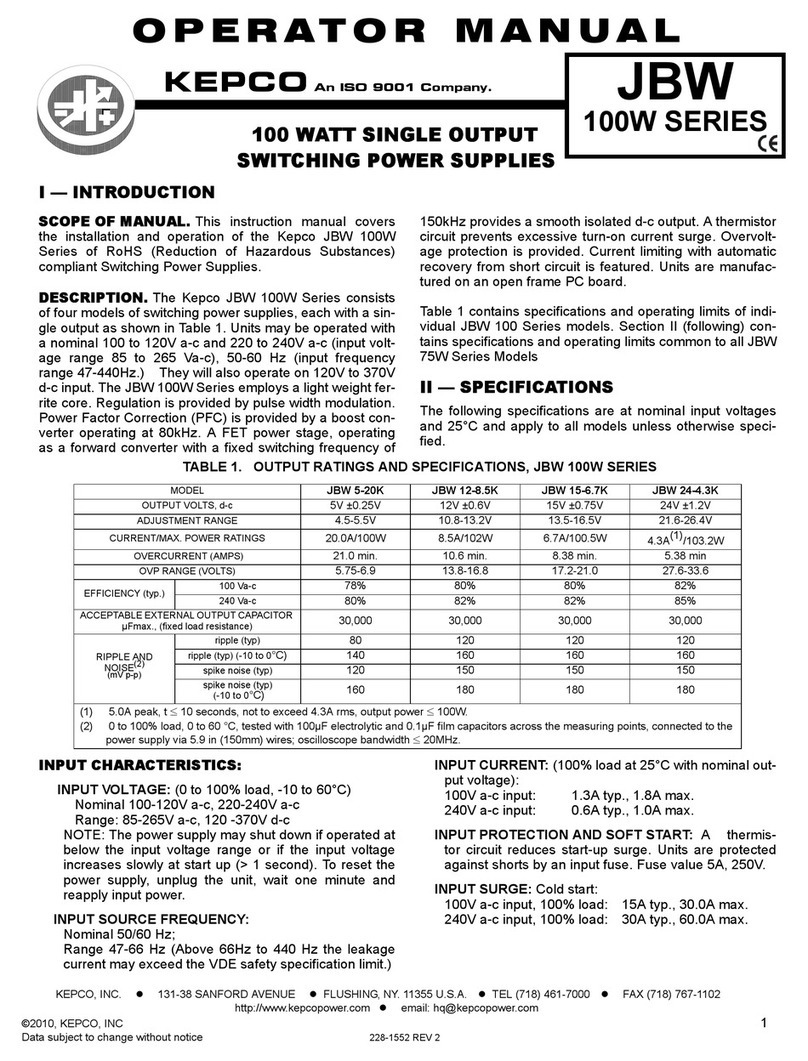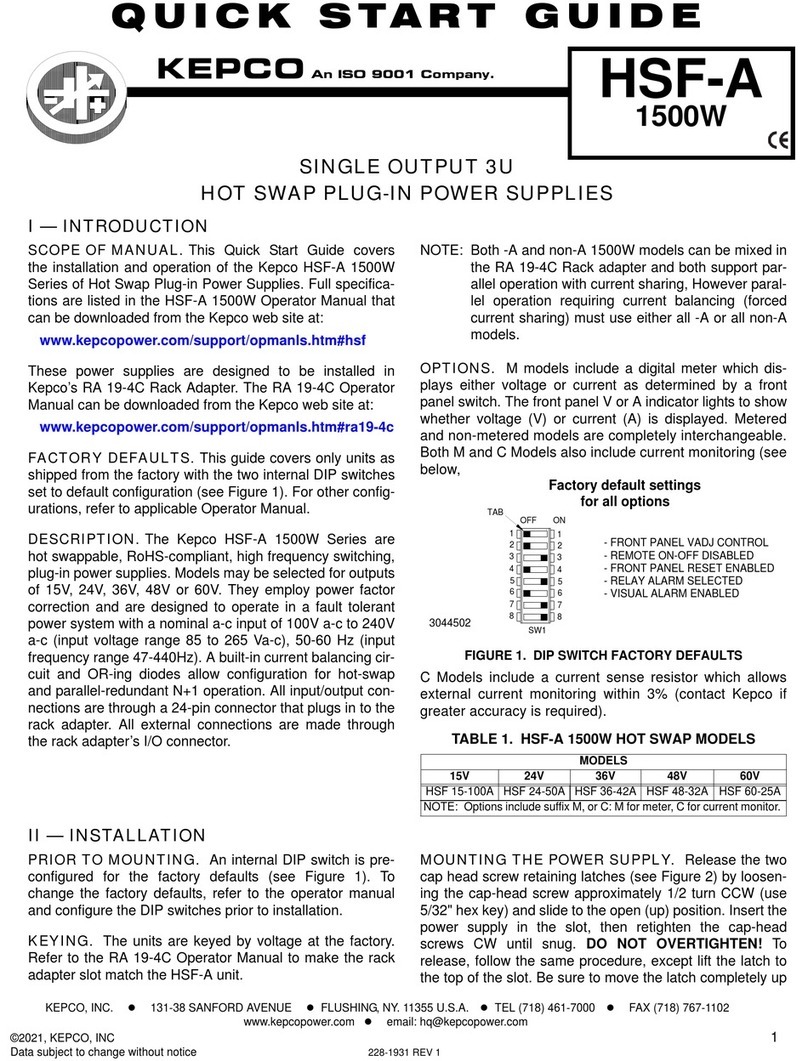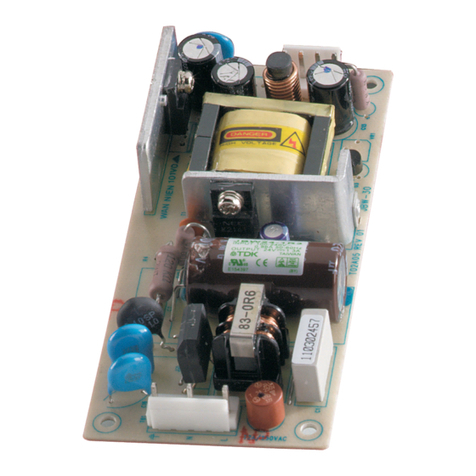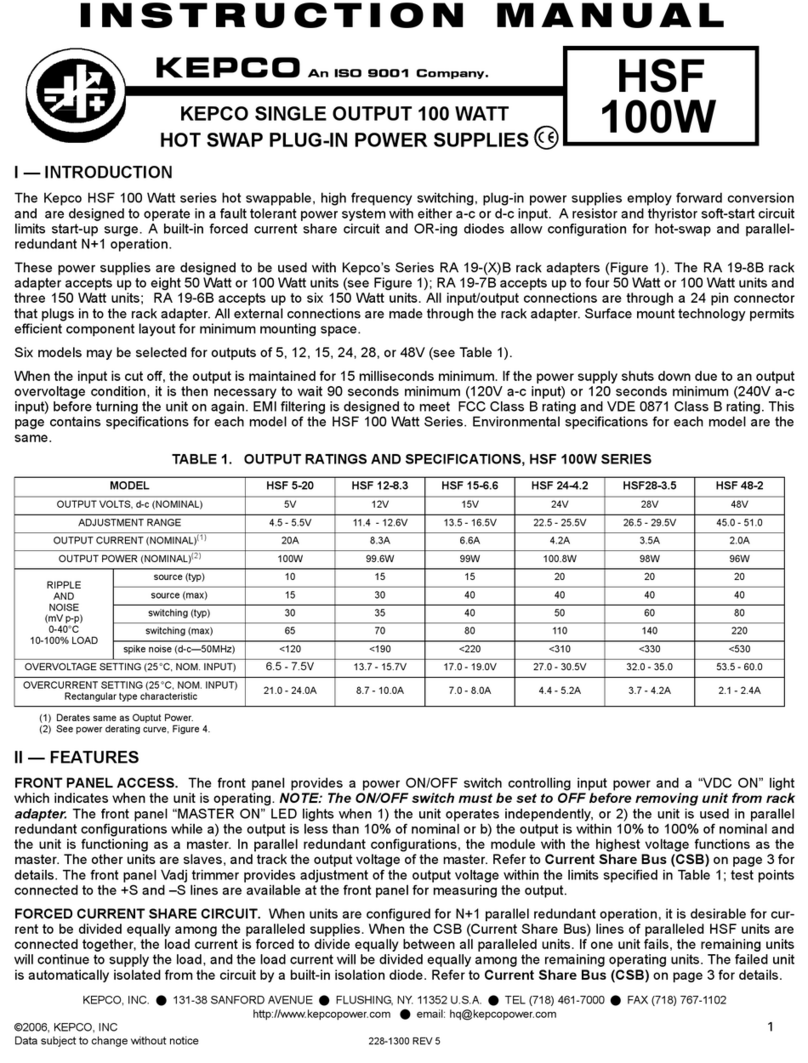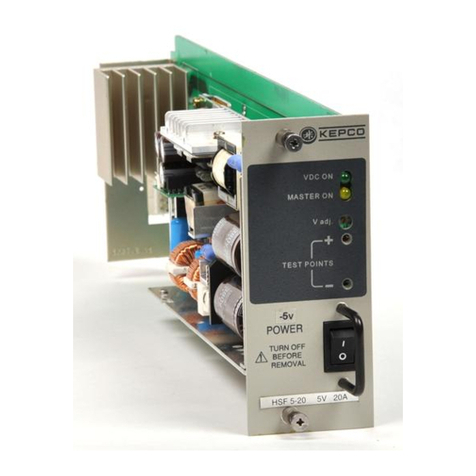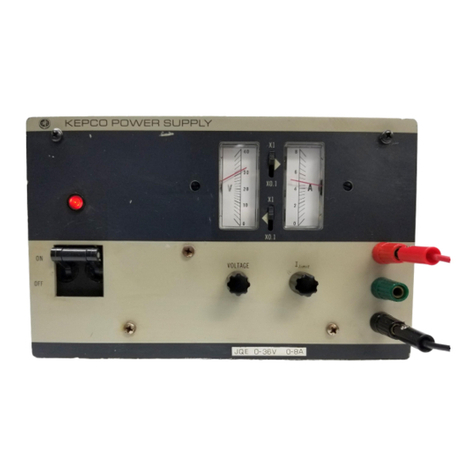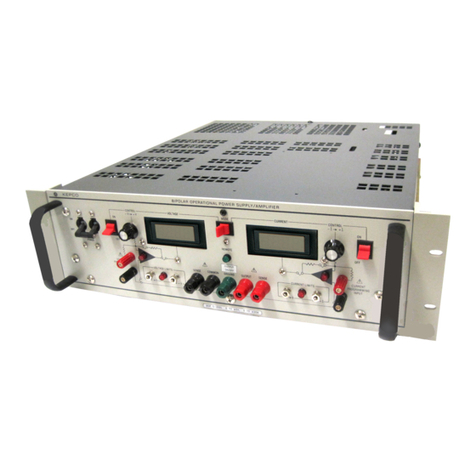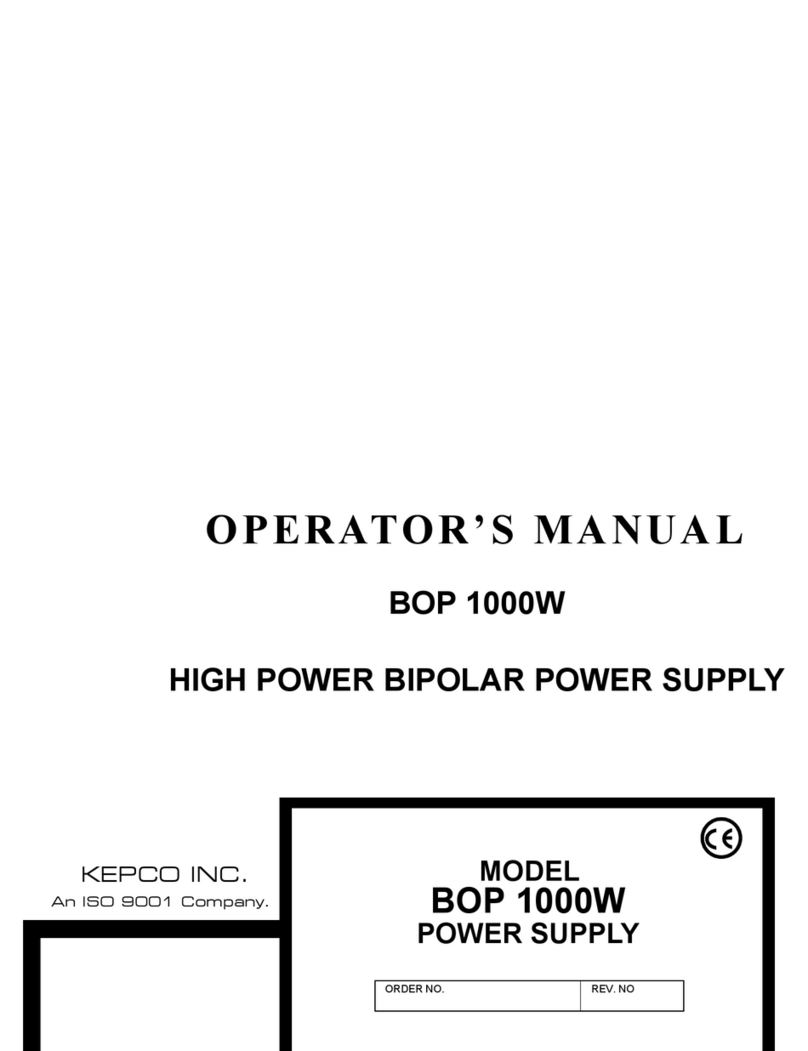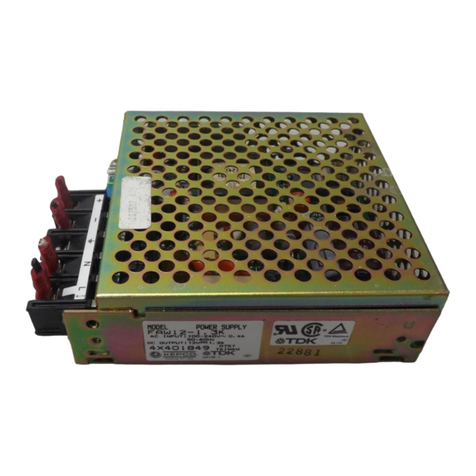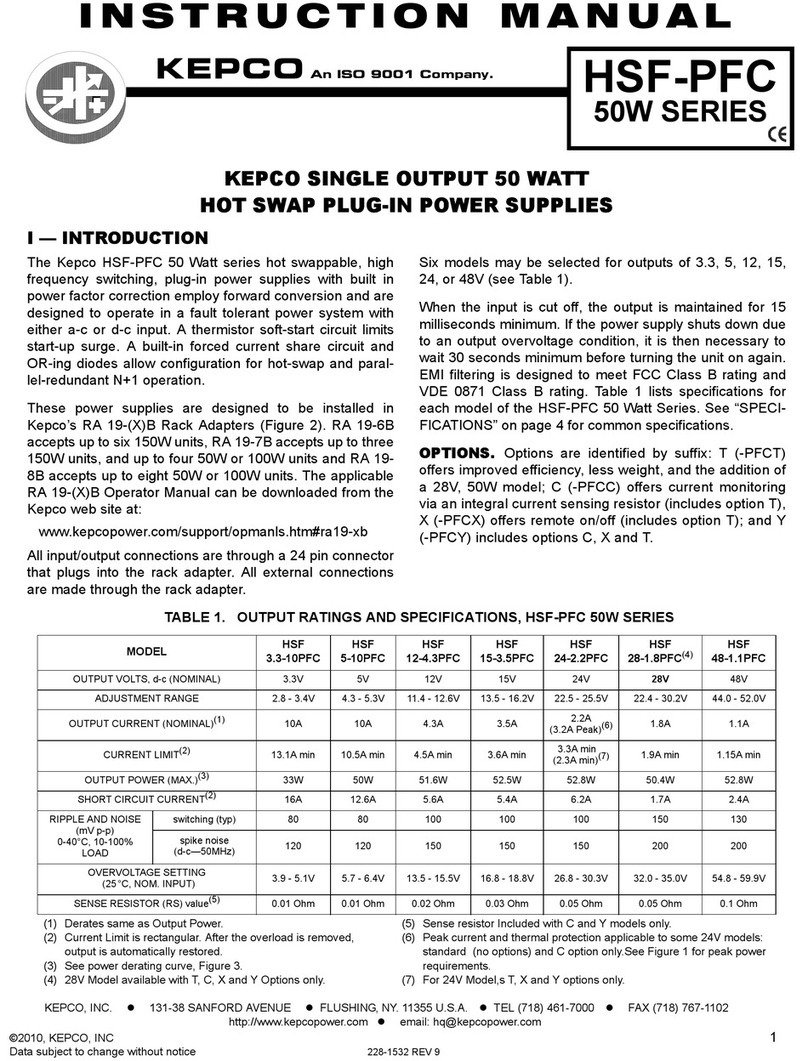ii BOP-1K 022108
TABLE OF CONTENTS
SECTION PAGE
3.2.4 How to Access the menus ................................................................................................................ 3-6
3.2.4.1 Overall menu Structure ............................................................................................................... 3-6
3.2.4.2 How to Modify a Parameter......................................................................................................... 3-7
3.2.4.3 Password Setup. ......................................................................................................................... 3-7
3.2.4.4 How to Access a Password Protected Menu .............................................................................. 3-8
3.2.5 Operator Convenience Functions (Display Menu) ............................................................................ 3-9
3.2.5.1 Adjusting LCD Brightness, contrast and Background ................................................................. 3-9
3.2.5.2 Enabling/Disabling Audible Beeps .............................................................................................. 3-10
3.2.5.3 Displaying Meters or Graph (Time line) ...................................................................................... 3-10
3.3 Local Mode Operation ............................................................................................................................ 3-11
3.3.1 Setting Local Mode ........................................................................................................................... 3-11
3.3.1.1 Keypad Lockout .......................................................................................................................... 3-11
3.3.1.2 Local Password Protection at Power-up ..................................................................................... 3-11
3.3.2 Setting Voltage or Current Mode ...................................................................................................... 3-11
3.3.3 Programming Voltage or Current and Associated Protect Limits...................................................... 3-11
3.3.3.1 Selecting Bipolar/Independent Protection Limits......................................................................... 3-12
3.3.3.2 Understanding Voltage and Current Protect Limits..................................................................... 3-15
3.3.3.3 Hidden Voltage and Current Protect Limits................................................................................. 3-15
3.3.4 Changing Maximum or Minimum Software-controlled Limits............................................................ 3-15
3.3.4.1 Changing Maximum Accepted Voltage or Current (Main Channel Software Limits)................... 3-16
3.3.4.2 Changing Maximum/Minimum Protection Software-controlled Limits ......................................... 3-17
3.3.4.3 External Limits............................................................................................................................. 3-18
3.3.5 Enabling/Disabling DC Output Power ............................................................................................... 3-18
3.3.6 Determining How the Unit responds when Output is OFF (Load Type)............................................ 3-18
3.3.7 Changing the Default Power up Settings .......................................................................................... 3-20
3.3.8 Storing/Recalling Power Supply Output Settings.............................................................................. 3-21
3.3.8.1 Understanding Abbreviations Used for Saved Settings .............................................................. 3-22
3.3.8.2 Viewing Saved Settings .............................................................................................................. 3-23
3.3.8.3 Saving Settings and Erasing or Modifying Previously Saved settings ........................................ 3-23
3.3.8.4 Copying Previously Saved settings to a New Location ............................................................... 3-24
3.3.8.5 Applying Saved settings to the Output (Recall)........................................................................... 3-24
3.3.9 Waveform Generation....................................................................................................................... 3-24
3.3.9.1 Protecting the Load When Accessing Waveforms ...................................................................... 3-24
3.3.9.2 Waveform Overview.................................................................................................................... 3-25
3.3.9.3 Understanding How Waveforms Are Generated......................................................................... 3-25
3.3.9.4 Waveform Specifications............................................................................................................. 3-26
3.3.9.5 Viewing Stored Waveforms......................................................................................................... 3-27
3.3.9.6 Executing a Waveform ................................................................................................................ 3-27
3.3.9.7 Modifying Previously Stored Waveforms .................................................................................... 3-28
3.3.9.8 Creating a New Waveform .......................................................................................................... 3-29
3.3.9.9 Using Segments to Build a Waveform ........................................................................................ 3-30
3.3.9.10 Copying a Waveform................................................................................................................... 3-33
3.3.10 Reset................................................................................................................................................. 3-33
3.3.11 Operator Testing ............................................................................................................................... 3-33
3.3.12 Error Message Explanations............................................................................................................. 3-33
3.4 Analog Remote Mode Programming ...................................................................................................... 3-34
3.4.1 Remote Output off............................................................................................................................. 3-34
3.4.1.1 Remote Shutdown....................................................................................................................... 3-35
3.4.1.2 Remote Standby ......................................................................................................................... 3-36
3.4.2 Voltage/Current Mode Control .......................................................................................................... 3-36
3.4.3 Controlling the Output Using the BOP as a Power Amplifier ............................................................ 3-36
3.4.3.1 Fixed Gain using External Reference Control............................................................................. 3-37
3.4.3.2 Variable Gain Using External Reference Level........................................................................... 3-39
3.4.4 External Protection Limits ................................................................................................................. 3-40
3.4.4.1 Using Both Local/Digital and External Protection Limits ............................................................. 3-40
3.4.5 Monitoring Output Current Using an analog signal ........................................................................... 3-41
3.5 Digital Remote Mode Programming........................................................................................................ 3-41
